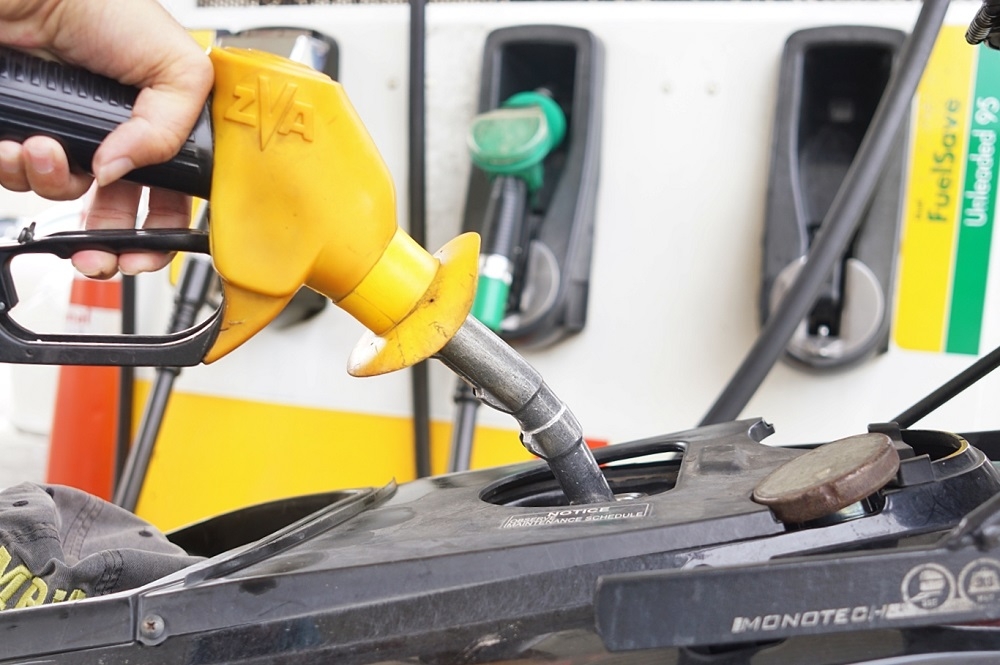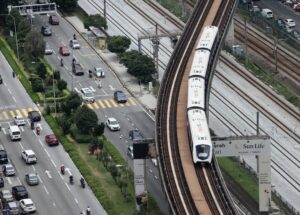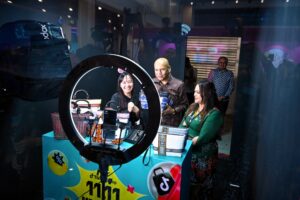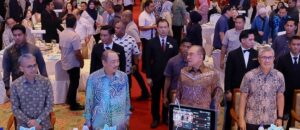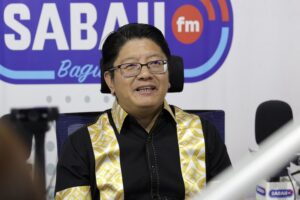KUALA LUMPUR, Sept 22 — With Putrajaya expected to decide on the rationalisation of RON95 petrol subsidies by the end of this month, Malaysians are watching closely to see how the policy will affect their daily expenses.
While the government has yet to announce a final decision, public statements and policy discussions have highlighted several possible approaches. These options range from tiered pricing at the pump to direct cash aid, each with its own mechanics, benefits, and challenges.
Here’s a breakdown of the potential mechanisms.
Tiered pricing via MyKad, eWallets, and PADU
One option being explored is a tiered fuel pricing model, where the price paid at the pump would vary according to income group.
For example, B40 households might continue to enjoy the fully subsidised price, M40 groups could face a modestly higher rate, and T20 households and foreigners would pay the full market price.
To implement this, transactions at petrol stations would be linked to the MyKad, with eligibility verified in real-time using a reader against the government’s Central Database Hub (PADU) database.
Second Finance Minister Datuk Seri Amir Hamzah Azizan has said the MyKad approach could mirror the system used for the Sumbangan Asas Rahmah (SARA) programme, where assistance is automatically channelled to recipients through accounts linked to their MyKad.
The strength of this system is that subsidies are instantly targeted at the point of purchase, though critics have raised the possibility of bottlenecks or disruptions with the readers.
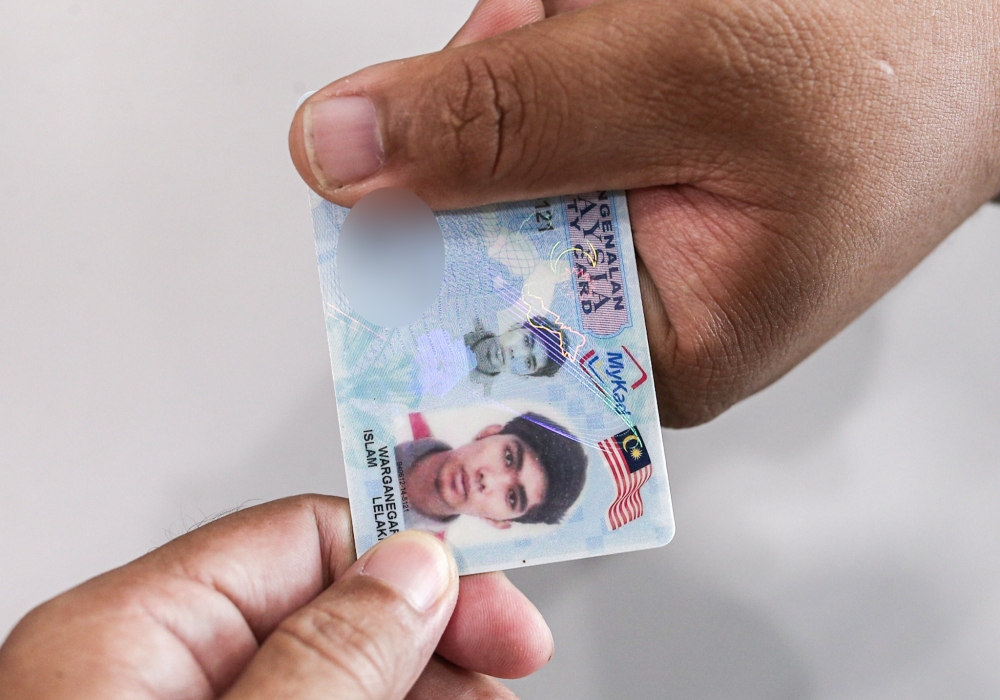
The MyKad is set to be a central feature of the new post-rationalisation subsidy model. — Picture by Farhan Najib
Direct cash transfers
Another option is to fully float RON95 prices and cushion the impact on households with monthly cash aid, similar to the STR or SARA models.
This approach is administratively simple, as households would receive money directly into their bank accounts. It also avoids the need for complex verification systems at petrol stations.
However, former economy minister Datuk Seri Rafizi Ramli previously said that while the government studied this model, it carries the risk of driving up inflation, which is why a tiered pricing system was preferred.
Quota system
A quota system is also under consideration, where eligible individuals would be allocated a capped volume of subsidised RON95 fuel each month.
Any usage beyond that quota would be charged at the full market price.
Amer Hamzah has confirmed that a quota will be part of the new system.
He also said there will be distinctions: ordinary users will have a standard quota, while those in the gig economy, like e-hailing drivers, will receive a larger one.
Eligibility will also likely consider the type of vehicle owned.
The idea is not entirely new as a similar mechanism is used under the Subsidised Diesel Control System (SKDS) fleet card scheme.
Deputy Finance Minister Lim Hui Ying explained that under SKDS, there is a cap in terms of litres of diesel per month for certain public transport and goods-vehicle users — not a cap in monetary value.

Dispenser nozzles are seen at a fuel station in Semenyih on May 27, 2024. —Picture by Raymond Manuel
Hybrid model
The government is widely expected to adopt a hybrid model that blends several of these mechanisms, as ministers have previously hinted that tiered pricing, quotas and limited cash assistance could all work in tandem.
In this scenario, MyKad verification at the pump would form the backbone of the system, connecting to the PADU database to confirm eligibility and enforce a monthly quota (for instance, 100–120 litres) for B40 and selected M40 households.
A viral TikTok video, reportedly showing a demonstration of the system, revealed how it might work: a blue tag appears on the terminal if the user is eligible and within their quota, while a red tag appears if the quota has been exceeded.
To further cushion the impact, this system could be supplemented with additional cash assistance for the most vulnerable groups.
This approach would allow the government to cut blanket subsidies while still protecting those in need, but its success hinges on a flawless implementation of the PADU database and efficient verification at petrol stations.
What to do until the announcement
The government is signalling that the shift to a targeted subsidy is imminent. Prime Minister Datuk Seri Anwar Ibrahim has reiterated that RON95 would be retail at RM1.99 before the month is out, which he previously said would happen after the subsidy reform.
Home Minister Datuk Seri Saifuddin Nasution Ismail has also urged everyone to ensure their MyKad chip is working, as identity verification will be crucial in order for them to be eligible for any RON95 subsidy.
Damaged MyKads can be repaired or replaced at any National Registration Department (JPN) office, with Saifuddin saying this could typically be done the same day.
